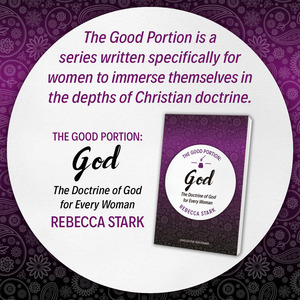Saturday
Mar102007
Sunday's Hymn: Irish Hymn Writers
 Saturday, March 10, 2007 at 11:07PM
Saturday, March 10, 2007 at 11:07PM Beneath the Cross—-Keith and Kristyn Getty
Beneath the cross of Jesus
I find a place to stand,
And wonder at such mercy
That calls me as I am;
For hands that should discard me
Hold wounds which tell me, “Come.”
Beneath the cross of Jesus
My unworthy soul is won.
Beneath the cross of Jesus
His family is my own—
Once strangers chasing selfish dreams,
Now one through grace alone.
How could I now dishonor
The ones that You have loved?
Beneath the cross of Jesus
See the children called by God.
Beneath the cross of Jesus—
The path before the crown—
We follow in His footsteps
Where promised hope is found.
How great the joy before us
To be His perfect bride;
Beneath the cross of Jesus
We will gladly live our lives.
From Kristyn Getty:
A friend from Westminster Seminary inspired us in the thought of how the cross is not just something in our past providing a way for our salvation, nor is it only providing a secure hope for the future in Heaven, but actually it should impact everything we do today. When we come to the cross, we don’t just stand there by ourselves—we stand with thousands of people from every tribe and tongue under the same Savior and same grace. Considering how unworthy I am coming to the cross, and finding I am forgiven, how can I then turn and look at others and dishonor them or somehow think I am better than they are?
Other hymns, worship songs, etc. posted today:
- Guide Me, O Thou Great Jehovah at IMD 2.0.
- A Hymn from Isaac Watts and more at Thirsty Theologian
- Take Up Thy Cross at Magic Statistics
- Update: Thou Art the Way at Fish and Cans



